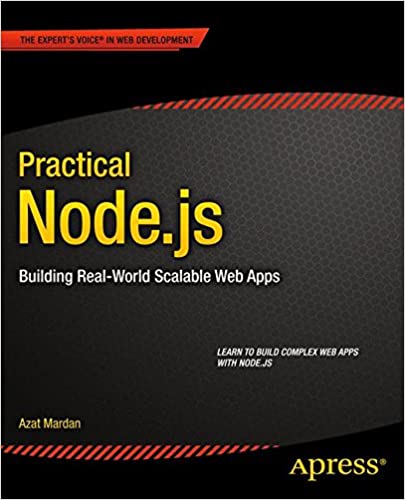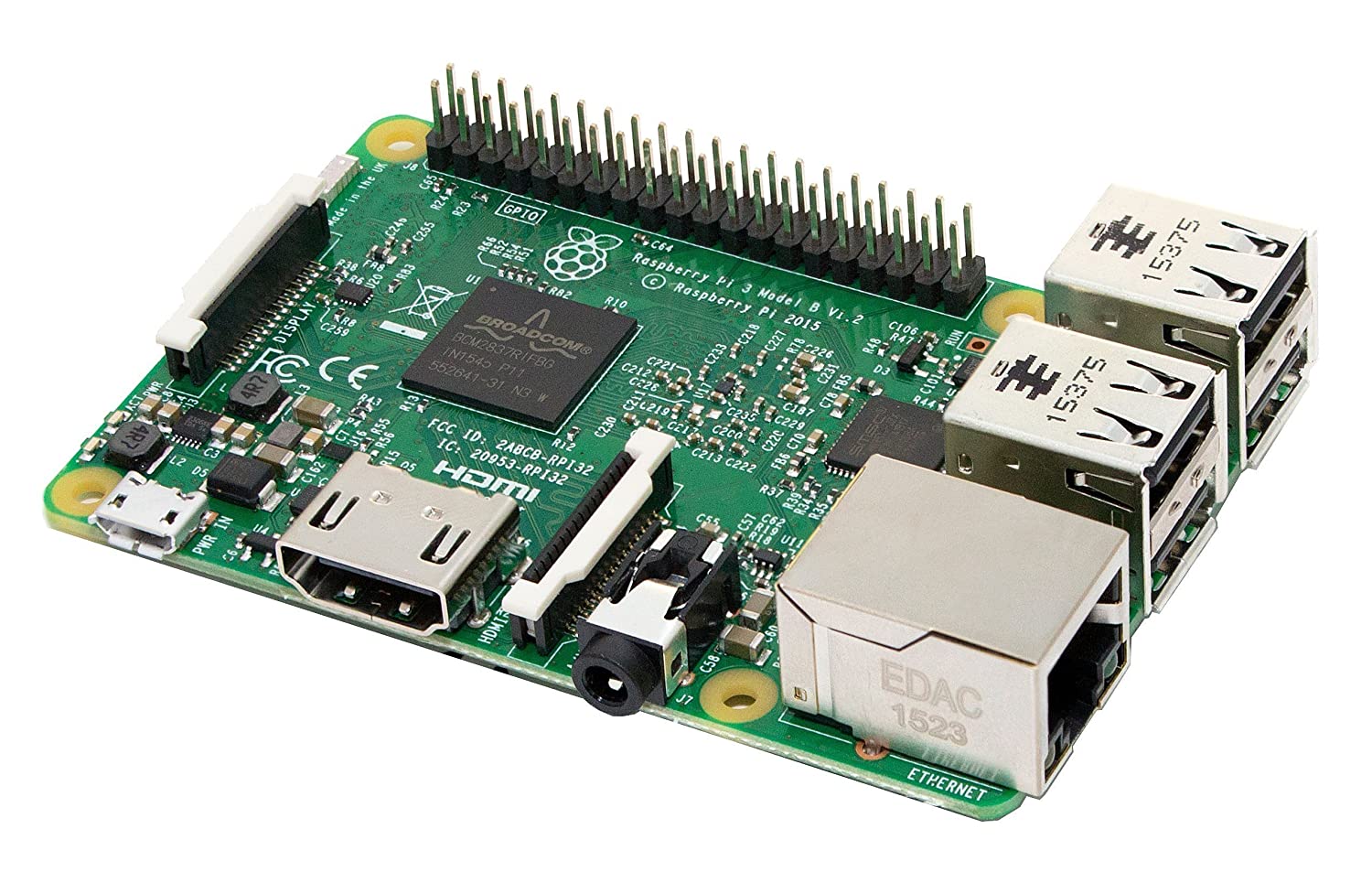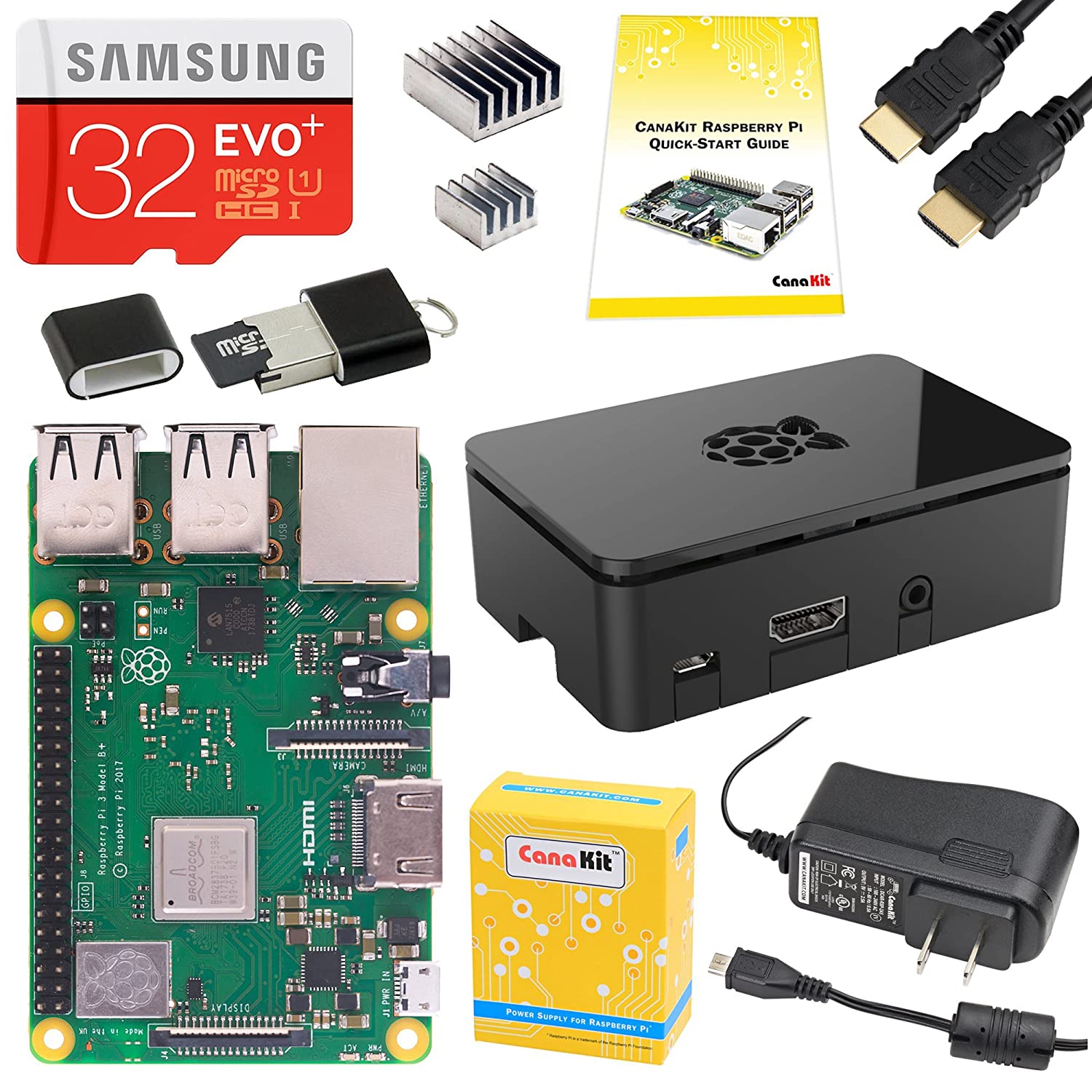Pages with tag Docker MAMP
- Connect with SSL to MySQL in Docker container
- Easily manage Docker containers on both local and remote Docker hosts with Portainer
- Familiarizing ourselves with Docker
- HTTPS with nginx, using Lets Encrypt, proxying to Gogs and Jenkins back-end services
- Installing Gitea for self-hosted Git service, replacing Gogs
- Running MongoDB with Docker and Docker Compose
- Scheduling background tasks using cron in a Docker container
- Self-hosted Docker infrastructure in home or office using low-cost computers like Intel NUC
- Set up MySQL using Docker on your laptop
- Set up PHPMyAdmin and Wordpress Docker containers using existing MySQL
- Understanding MySQL the Access Denied error in or outside a Docker container
- Using multiple databases and PHPMyAdmin in a single MySQL Docker instance
- Wordpress local development environment with Docker and Docker Compose on your laptop









